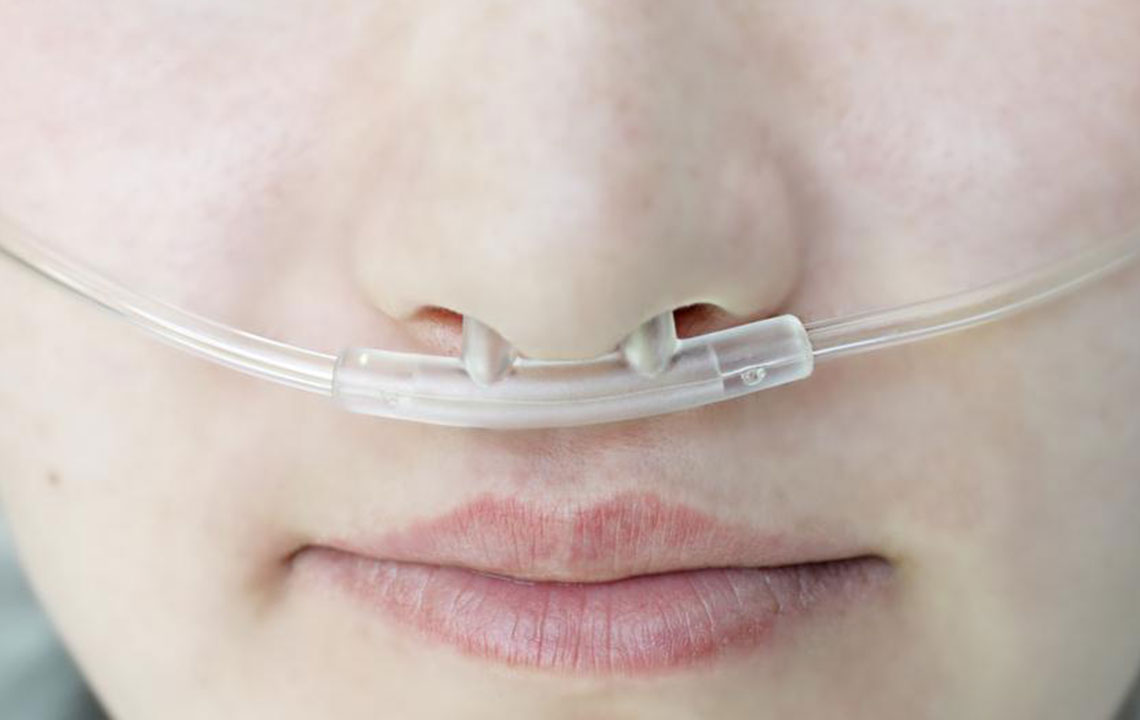Understanding COPD: Symptoms, Causes, and Management Strategies
This article offers comprehensive insights into COPD, covering symptoms, risk factors, and treatment options. It emphasizes the importance of early diagnosis, lifestyle changes, and medical interventions to manage this chronic lung condition effectively. Learn how COPD affects breathing and what steps can be taken to improve quality of life, including smoking cessation, oxygen therapy, and surgical procedures. Awareness and timely action are key to reducing complications and ensuring better health outcomes for those affected by COPD.

Understanding COPD: Symptoms, Causes, and Management Strategies
Chronic Obstructive Pulmonary Disease (COPD) encompasses a range of progressive lung conditions including chronic bronchitis, emphysema, and refractory asthma. These illnesses impair airflow and cause breathing difficulties. Chronic bronchitis leads to inflammation and mucus buildup in bronchial tubes, while emphysema destroys alveoli in the lungs. Currently, no definitive cure exists, but early and effective treatment can alleviate symptoms, reduce complications, and enhance quality of life. Almost 24 million individuals in the country are affected by COPD, with many remaining undiagnosed. Smoking is a prominent risk factor, though some patients have never smoked. Recognizing early signs and seeking prompt medical care is vital.
Common early symptoms include occasional shortness of breath after exertion, frequent throat clearing, and mild persistent coughs. As the disease progresses, symptoms worsen, leading to recurrent respiratory infections, wheezing, fatigue, and excess mucus production. Severe stages may cause difficulty talking due to breathlessness, rapid heartbeat, bluish lips or fingers, and mental confusion. COPD complications can involve lung cancer, heart issues, infections like pneumonia, malnutrition, weight loss, hypertension, and depression. Though incurable, treatments focus on symptom management, smoking cessation, and improving quality of life.
Quitting Smoking: Utilizing nicotine replacement therapy and counseling can aid cessation.
Oxygen Therapy: For low blood oxygen, supplemental oxygen via nasal prongs or masks improves sleep, organ health, daily functioning, and longevity.
Surgical Options: Last resort procedures include lung transplants, lung volume reduction surgery, and bullectomy to remove damaged tissues or large air sacs, enhancing respiratory capacity. However, surgery carries risks such as infection and scarring, which can complicate COPD management.
Medications are available for symptom relief, but early diagnosis and lifestyle modifications—such as a healthy diet and quitting smoking—are crucial. Consulting a healthcare professional upon noticing symptoms ensures timely intervention. Proactive management reduces the impact of COPD, enabling individuals to lead healthier lives.










